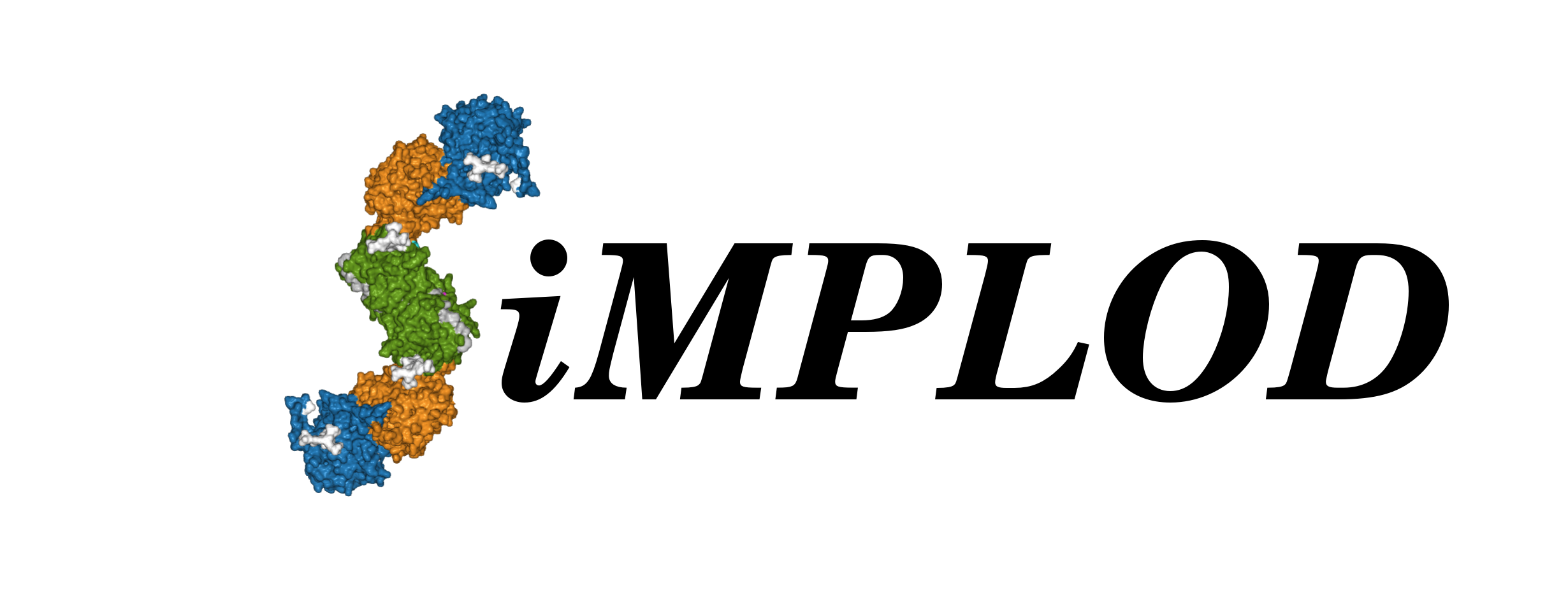 About
Contact
References
Structures
Adv. Search
Stats
Demo
About
Contact
References
Structures
Adv. Search
Stats
Demo
| LH1 ASP658ALA | ||
| SiMPLOD ID |
SiMPLOD1-82 | |
| Isoenzyme |
Lysyl Hydroxylase 1 (human) - UniProt - Full Info | |
| Mutation type |
Mutation for Biochemical Studies (not necessarily related to observed polymorphisms) | |
| Evidence at protein level |
This variant EXISTS at the protein level: published experimental data support its existence as protein product. | |
| LH Activity |
- | References |
Pirskanen et al., 1996 - DOI - PubMed | Notes from publications |
Pirskanen et al. performed site directed mutagenesis to characterize PLOD1 activity. Mutation of Asp658 completely inactivated lysyl hydroxylase activity. This is consistent with our PLOD3 structure where Asp669 (conserved in all PLOD) coordinates Fe2+ |
| Structural Observations |
Coordinates Fe2+ in LH catalytic site |
|
| Related Entries |
SiMPLOD2-336: LH2a ASP668ALA (for biochemistry) SiMPLOD3-282: LH3 ASP669ALA (for biochemistry) SiMPLOD3-379: LH3 ASP669ASN (SNP) SiMPLOD3-380: LH3 ASP669HIS (SNP) | |
| Last Update |
2021-06-23 08:38:51 | |
|
The three-dimensional visualization is currently based on the homology model of full-length, dimeric human LH1 (generated using the crystal structure of full-length human LH3 as template). You may select a different PDB model file to visualize the mutation(s) using the drop-down menu below (page will refresh): |
||
Thank you for using SiMPLOD - Created by Fornerislab@UniPV Follow @Fornerislab - Last curated update: 1970-01-01 00:00:00
We truly hate messages and disclaimers about cookies and tracking of personal info. But don't worry, we don't use any.